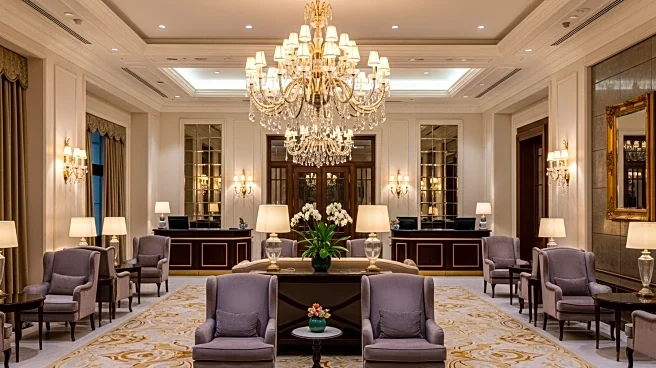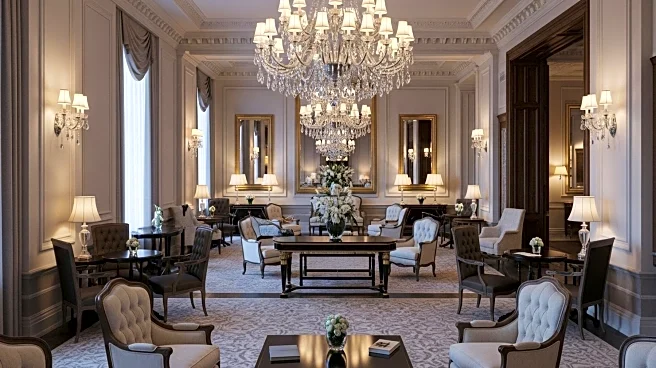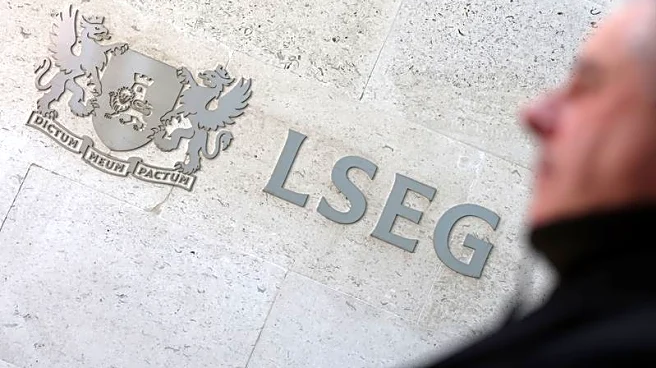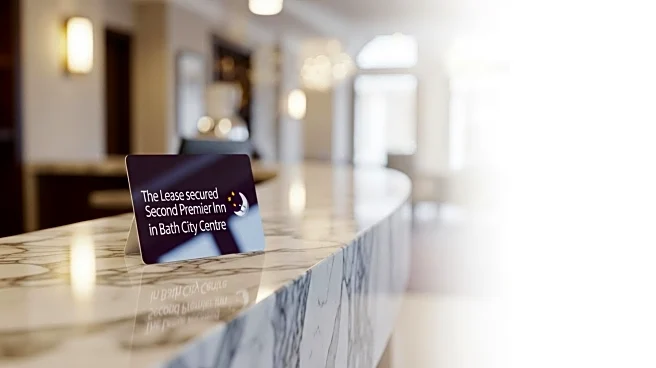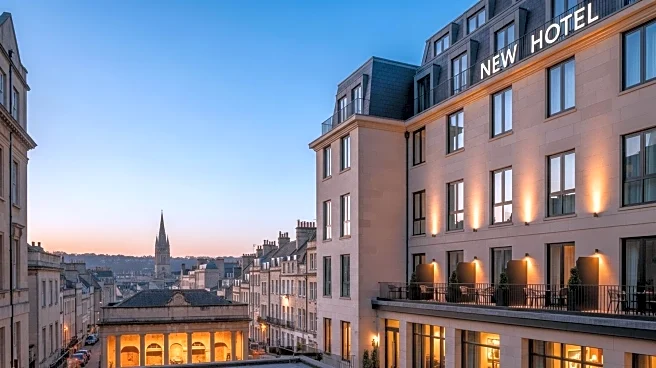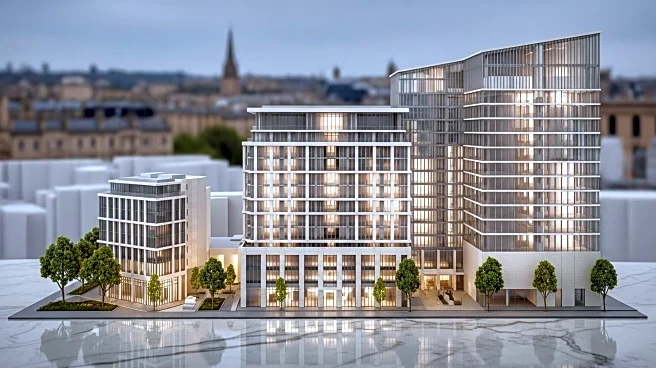What is the story about?
What's Happening?
In the first half of 2025, UK hotels experienced a challenging market environment characterized by modest cuts in room rates and a slight drop in occupancy. Key performance indicators such as RevPAR declined, particularly in London, due to new supply, fewer major events, and increased consumer price sensitivity. Rising payroll and operating costs further compressed profit margins, with gross operating profit per available room dropping significantly. Nationwide, occupancy averaged 74.6%, compared to last year’s 75.2%, and the average daily rate declined 0.6% year-over-year to £114.53.
Why It's Important?
The struggles faced by UK hotels highlight the broader challenges within the hospitality industry, particularly in urban centers like London. The decline in occupancy and rates reflects a market correction after years of strong growth, indicating a shift in consumer behavior and economic pressures. This situation impacts major operators, as evidenced by Travelodge and Premier Inn reporting declines in RevPAR. The reduced profit margins could lead to strategic adjustments in pricing, marketing, and operational efficiencies to stabilize the sector. The hospitality industry plays a significant role in the economy, and its performance can influence employment and tourism-related activities.
What's Next?
Experts forecast stabilization in the UK hotel market through the end of 2025, as operators adapt to the current conditions. This may involve strategic pricing adjustments, enhanced marketing efforts, and operational efficiencies to attract consumers and improve profitability. The industry could see increased collaboration with event organizers to boost occupancy rates during major events. Stakeholders, including hotel operators and tourism boards, will likely focus on strategies to enhance the appeal of UK destinations and mitigate the impact of rising costs.
AI Generated Content
Do you find this article useful?
